ISPRA (the Italian Institute for Environmental Protection and Research), in collaboration with CERM (Endangered Raptor Centre) in Rocchette di Fazio in the province of Grosseto, organised a workshop on the Egyptian vulture between the 15th and 17th of May 2018 in the upper valley of the Albenga river, within the ambit of the LIFE Egyptian vulture project. This important event brought together a significant number of experts involved in the study and protection of the Egyptian vulture at various levels.
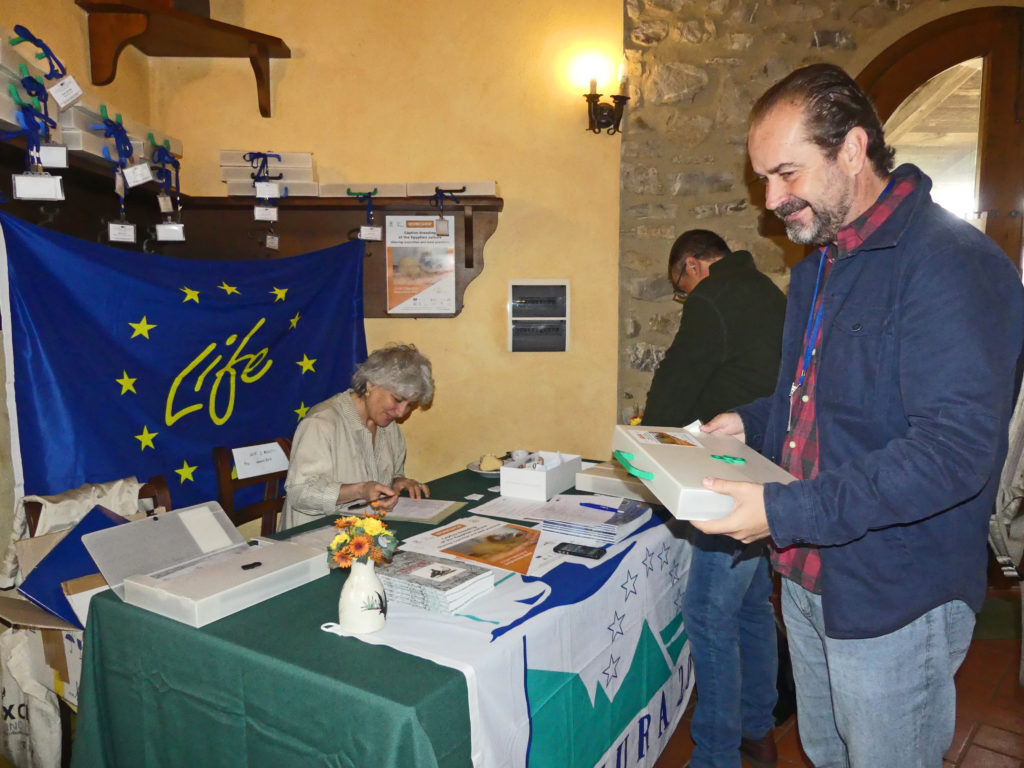
The workshop dealt principally with aspects regarding the reproduction of the Egyptian vulture in captivity, a highly complicated and delicate process that is limited to a very small number of structures worldwide, and which plays two fundamental roles: it provides a supply of young examples for release into the wild in order to bolster falling populations, while also guaranteeing the conservation of the species’ generic stock.
The location of the workshop was not selected by chance: in fact, the upper valley of the Albegna river is the site of the Endangered Raptor Centre (CERM), which is managed and run by the association of the same name and hosts the largest number of captive Egyptian vultures in the world; the Centre also boasts extensive experience in breeding these birds in captivity, and in releasing such examples back into the wild. Over the coming years, the Centre will supply the LIFE Egyptian vulture project with young birds for introduction into the wild in southern Italy, with the aim of supporting the residual Italian population.
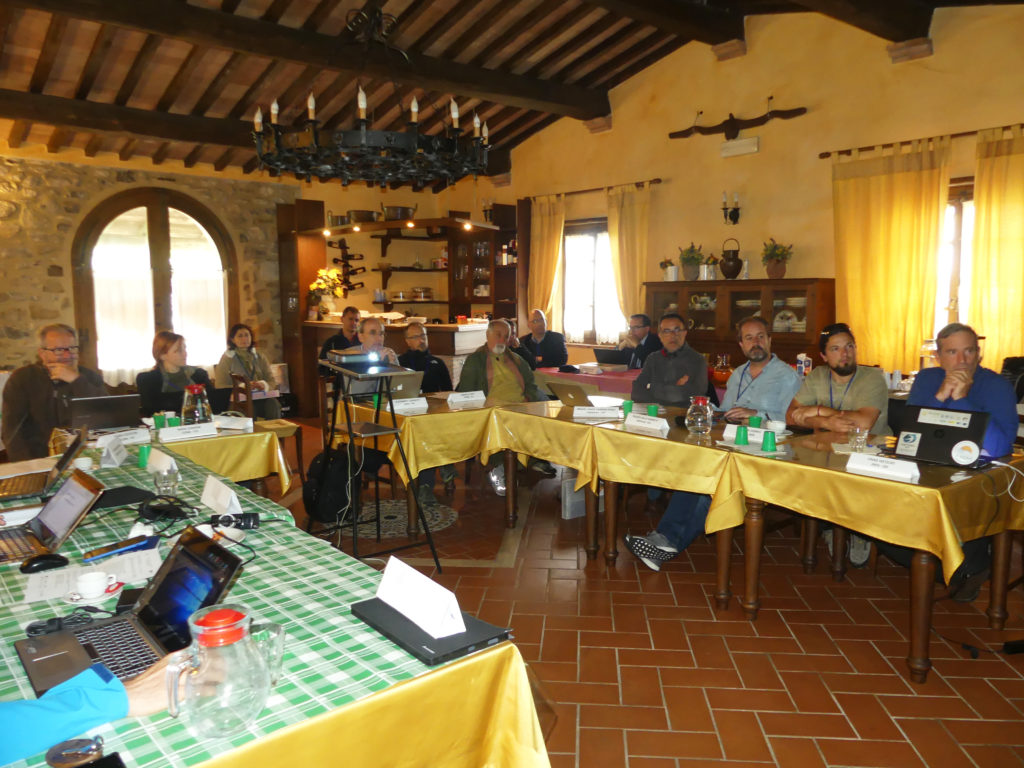
As a result of the in-depth discussions on a range of technical aspects, during the course of the meeting, the participants decided to establish an on-going collaboration, with the aim of identifying and adopting the most effective methods for guaranteeing sufficient numbers of young birds for release in Italy and, eventually, other European countries.
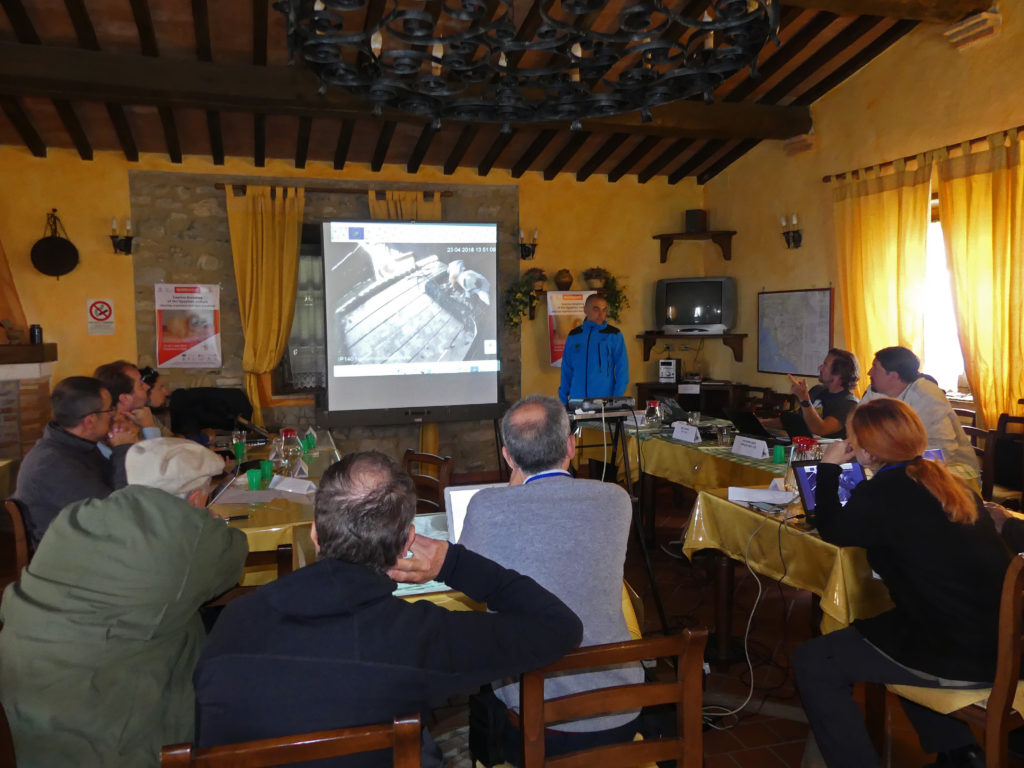
In fact, it is notoriously difficult to breed this species in captivity, and despite the various European structures hosting over 140 individuals, only around 15 chicks are born every year. To these should be added the chicks born at CERM, which in recent years exceed five units/year, and those that are born in Israel. It is precisely because the process is so complex that it is necessary share knowledge and experience and create a network between the various structures, in order to increase the breeding success rate.
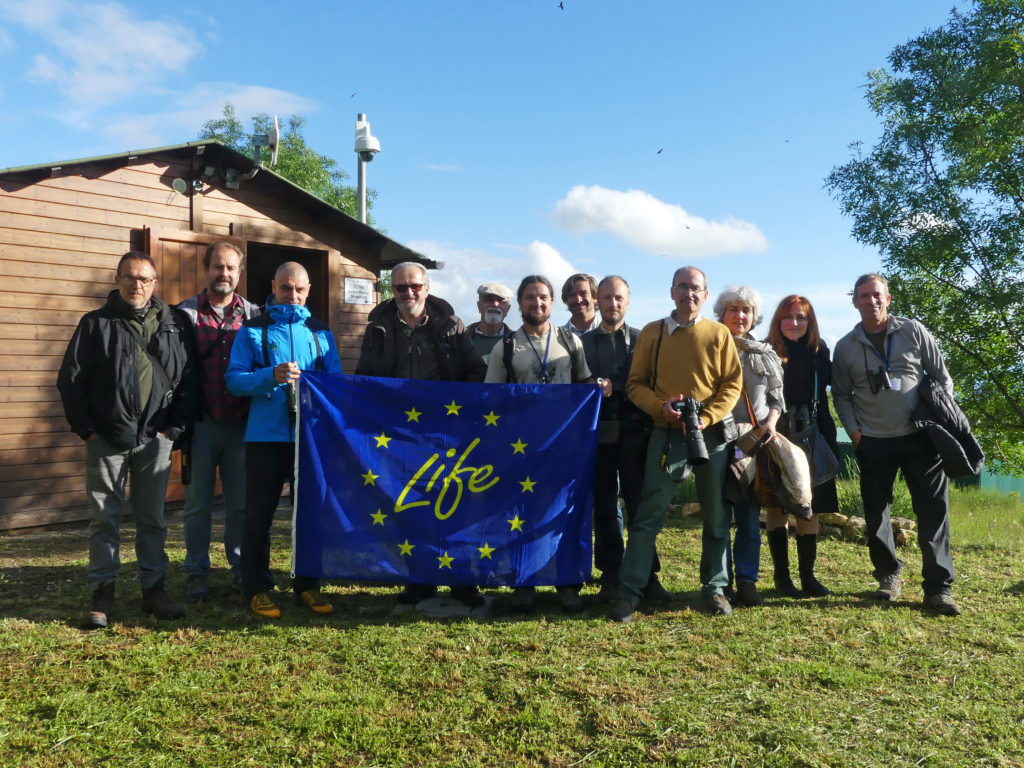
The captive breeding experts from CERM, the Israeli Nature and Parks Authority (Israel) and the EAZA (European Association of Zoos and Aquariums) European Endangered Species Program (EEP) for the Egyptian Vulture played a leading role in the workshop, which was organised by ISPRA.
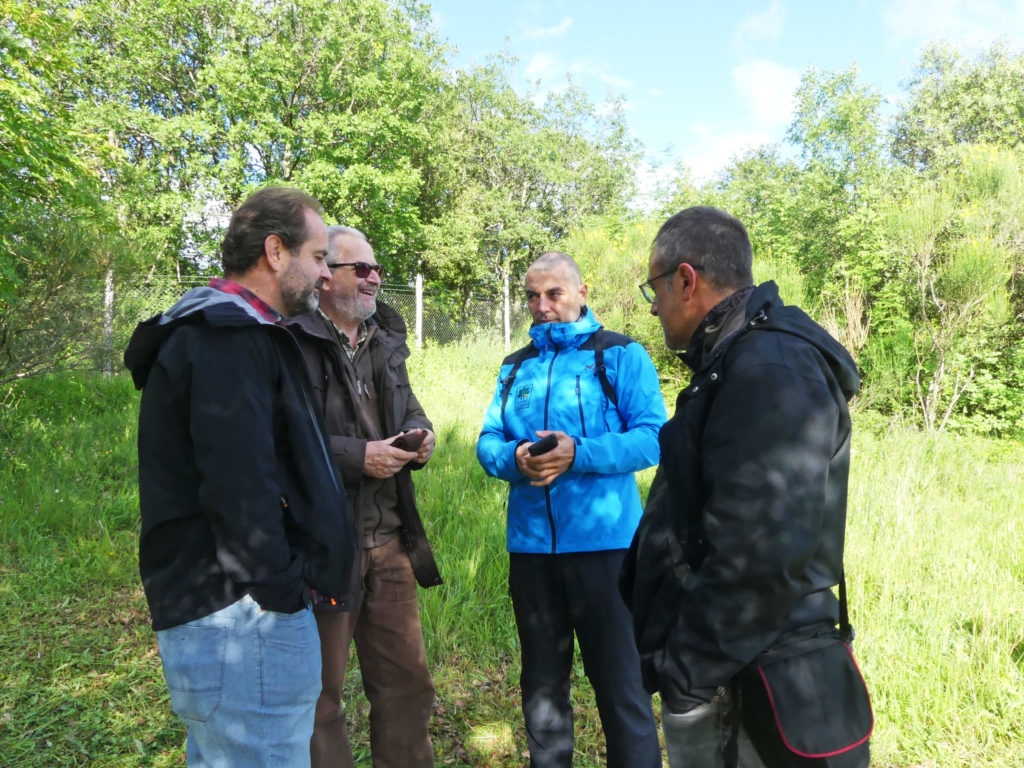
Further participants included other bodies involved in the conservation of the species, such as: e-distribuzione S.p.A, Federparchi-Europarc Italia, Gobierno de Canarias, Gesplan (all four of whom are partners in the LIFE Egyptian vulture project), VCF Vulture Conservation Foundation (Switzerland), BSPB/BirdLife (Bulgarian Society for the Protection of Birds), the Green Balkans association from Bulgaria, the Lago di Vico nature reserve and the CITES Office of the Carabinieri Forestry division.

These bodies will continue to work together in order to further the aims of LIFE Egyptian vulture project, which, thanks to funding from the European Union, will see the introduction of numerous initiatives designed to support the populations of Egyptian vultures, both in Italy and the Canary Islands, over the next five years.

